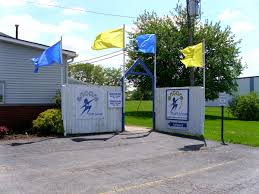Rural households across the United States spend a disproportionately high share of their income on energy bills — about 40% more than their metropolitan counterparts, according to a new report released today by the American Council for an Energy-Efficient Economy (ACEEE) and the Energy Efficiency for All (EEFA) coalition. The problem is most glaring in the East and Southeast, and among low-income households across all regions.
Overall, rural households have a median energy burden — the percentage of a household’s income spent on home energy bills for needs such as air conditioning, heating, lighting, appliances, and cooking — of 4.4%, which is one-third higher than the national burden. Those with low incomes have a median energy burden of 9%, which is almost three times that of higher-income counterparts. In several rural regions, this burden exceeds 15% for one of every four low-income households. In addition to income level, other factors may increase energy burdens, including a home’s physical condition, a household’s ability to invest in energy-efficient equipment and upgrades, and the availability of efficiency programs and incentives that put energy-saving technologies within reach.
Other rural residents hit particularly hard include elderly, nonwhite, and renting households, as well as those living in multifamily and manufactured homes. The East South Central, New England, and Mid-Atlantic regions have the highest median rural energy burdens, at 5.1%.









